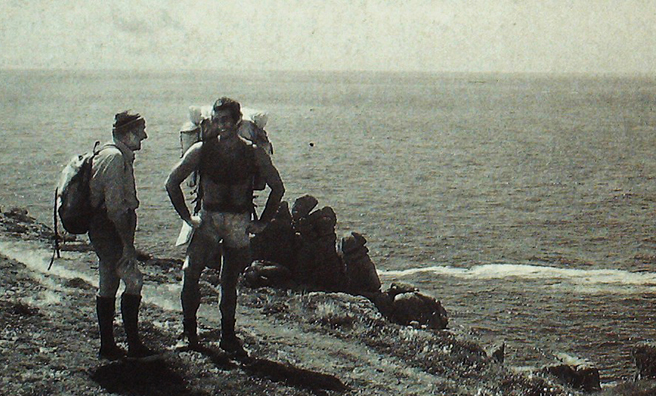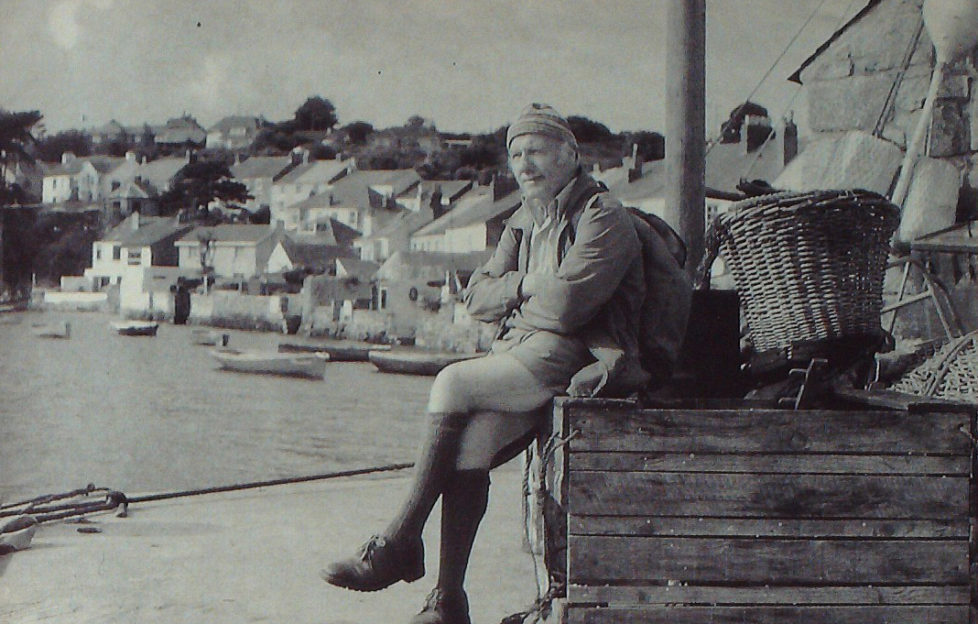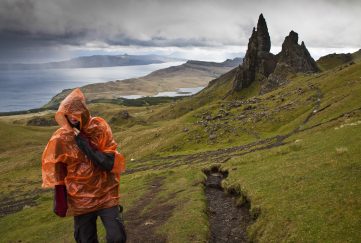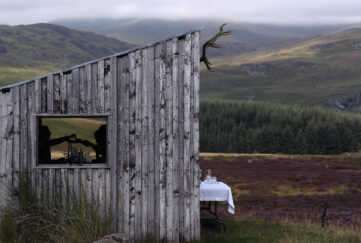Tom Weir | Walking Points | 4

Part 4 of Tom’s 1980 article on his love of walking
Part One – The Opening of the West Highland Way
Part Two – Walking the West Highland Way
After three delightful non-tourist months from April to the end of June in the best weather for years, I could look back with pleasure on a host of wanderings which were all the better for being done in the name of work.
Now I was due to take my wife for a holiday, but where? Her reply was unhesitating, “Cornwall!” This took the wind out of my sails somewhat, for I had been talking about Switzerland.
“It’s the only place I want to go. I know you didn’t like it much the time we drove down there, but we didn’t get off the roads then, and Cornwall is rotten for motoring. The roads are narrow and the hedges are too high for seeing things, and there are too many cars and parking problems wherever you stop. Let’s take the train this time and really explore Cornwall. I guarantee you’ll enjoy it.”
Persuasive words, stemming from the fact that Rhona was brought up in Falmouth, where her sea-faring father, Captain Donald Dickson, was dock master.
“Look,” she added. ” That’s where my love of the outdoors and walking began. Let’s go to Falmouth and I’ll take you to some marvellous places. It’s a wonderful centre, with ferries plying to different creeks.”
I was unconvinced until I had a rummage in my library and came up with a description of the south-west coast path, 515 miles from Minehead in Somerset to Poole Harbour in Dorset, with the Cornish sections coming out on top for quality of rock scenery and old-world fishing villages.
There was even talk of remoteness in places as well as a fair peppering of popular beaches crammed with bodies in summer.
My ultimatum was that I would go to Cornwall, would make a base in Falmouth for a few days, but it had to be a holiday walking the coastal path and travelling as lightly as possible, no fancy clothes or surplus gear.
So off we went in the night train by sleeper to Bristol, arriving in sunshine and merely walking across the platform to pick up the connection to Truro.
What a lovely journey through a softly rolling country of harvest fields to Exeter, then along the bathing beaches where holiday-makers were splashing or lying in the glow of the sun on sand.
Falmouth is at the end of the line and in Rhona’s eyes you cannot praise it too highly, its boast is that it has one of the three great scenic harbours of the world, Sydney and Rio de Janeiro being the only rivals.
Situated on an estuary of seven rivers at the entrance to the English Channel, its houses crowd up from the sea, and you know you are in a busy town, but from high points you look on a country scene of low hills and a maze of waters, dense with the sails of yachts and pleasure craft of every kind.
Knox Johnson sailed round the world from here, single- handed, the first person to do so. From here, the famous Falmouth Mail Packets left, armed sailing ships operating from 1688 carrying mails and passengers. By 1827 there were 39 of these schooners carrying on a dangerous trade among pirates who saw them as rich prizes.
Catch the next excerpt next Friday!
More From Tom…
We have an extensive archive of Tom Weir’s great columns for The Scots Magazine, and we’re slowly but surely getting them published digitally for new generations to enjoy.
To see the columns we have online so far, click here.







